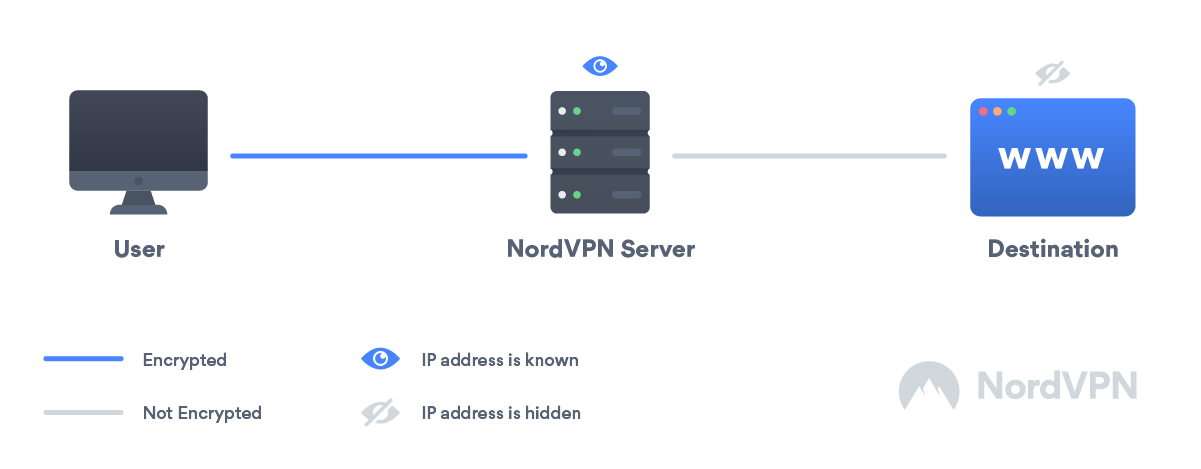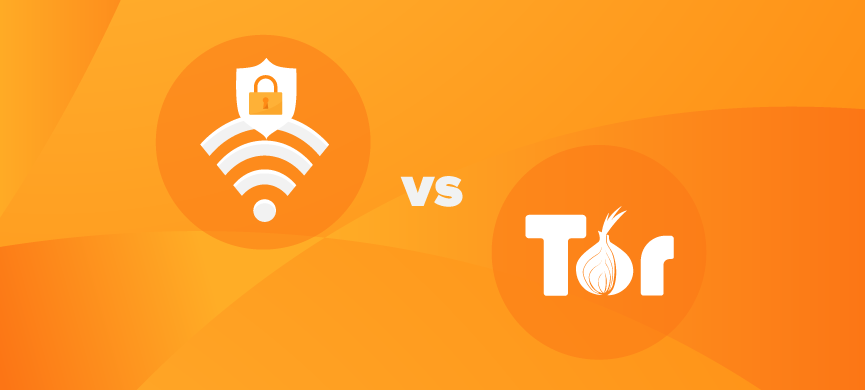

With ~1700 entry guards, ~1000 exit relays and ~2300 non-entry/non-exit relays, about four billion distinct circuits are possible. There are typically 10-100, but some services claim as many as a few hundred.įor even the largest VPN services, there are at most a few hundred distinct routes. Three by design, but collusion is possible. For onion (aka `hidden`) services, clients and servers each use three-hop circuits to reach rendezvous nodes. The Tor Project has been funded primarily by U.S. VPN services are generally private firms or NGOs. It's now managed by an NGO, the Tor Project. Naval Research Laboratory in the early 00s, and then released into the public domain. Tor is a second-generation onion-routing anonymity system. They provide secure, private wormhole tunnels through the public Internet from client apps to VPN servers. The first VPN services appeared in the mid 90s.

VPN protocols were developed in the 80s-90s for securing government and commercial networks.


 0 kommentar(er)
0 kommentar(er)
